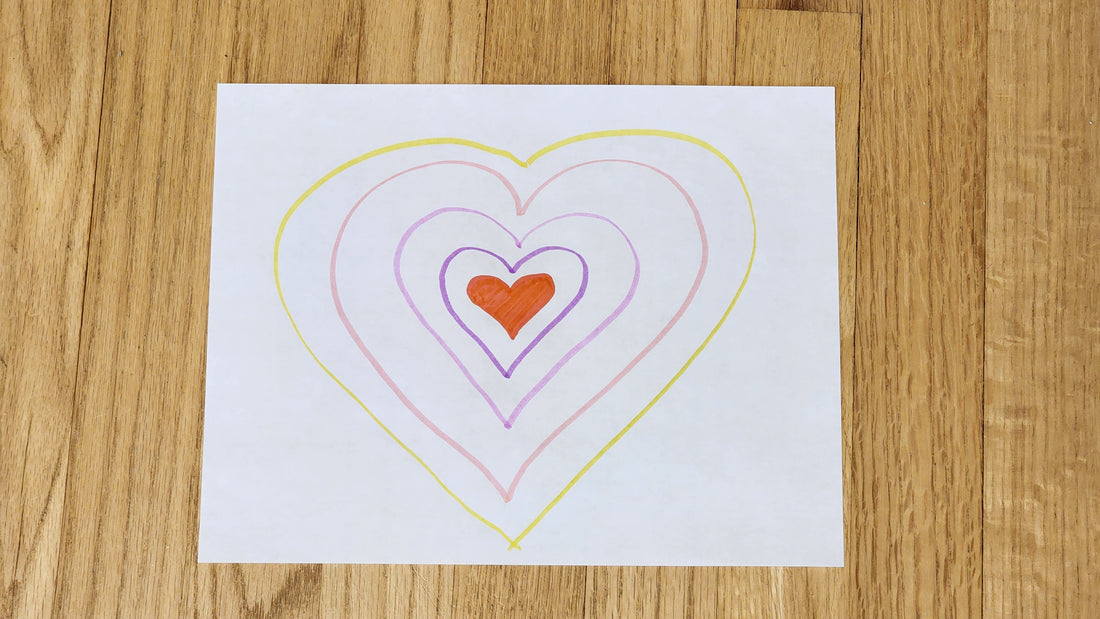
How to Teach Manners to Toddlers (Without Nagging)
Share
Teaching kindness isn’t a one-and-done lecture. It’s daily practice. A handful of tiny, repeatable actions you can recognize and improve on every day. When manners are made visible (polite words, kind actions, compassion), toddlers learn exactly what the expectations are, and can practice with specific goals. Your job is simple: notice it, name it, celebrate it . . . and let those little wins add up!
Here are easy, practical ways to teach manners—without nagging:
1. Start with scripts they can actually say (keep it simple)
Kids need to know the words before they can use the words. Pick a few polite phrases and practice them in low-stakes moments.
Try these mini-scripts
- “Please” and “thank you” (add eye contact and a smile)
- “May I have a turn?”
- “Excuse me . . . I have something to say.”
- “I’m sorry. Are you okay?”
- “Can I help?”
Coach gently
- Model it once (“I’m going to say ‘excuse me’ and wait.”)
- Invite them to try (“Your turn to practice.”)
- Praise the effort (“I heard kind words. That was thoughtful.”)
2. Make kindness goals visible with a simple chart
Visual prompts turn vague goals into doable steps. A manners chart keeps everyone on the same page (literally).
How to use it
- Pick 3–5 focus behaviors for the week (kind words, gentle hands, taking turns, helping at home, checking on a friend)
- Review once each morning (“Today we’re watching for kind words and gentle hands.”)
- Add a sticker or checkmark when you spot the behavior in action
- Celebrate at day’s end (a high five, a story together, choosing the bedtime book)
- This daily checkin is a great time to talk about why kindness matters and how it makes us feel
If you're looking for a ready-to-go option, our Manners (Kindness) Chart and Manners Reward Stickers are the perfect easy-to-use combo to get you started.
3. Praise the behavior you want to see (keep it specific)
Specific praise is a magnet for repeats. “Good job” is nice, but “You used kind words when you asked for a turn” teaches them exactly what to do again next time.
Use this simple pattern
-
Name the behavior: “You shared your blocks.”
-
Name the impact: “That helped your friend feel welcome.”
-
Celebrate the effort: “You waited very patiently, even though it was hard. That shows how much you care.”
4. Practice compassion in tiny moments
Compassion is all about noticing the internal and unspoken cues of others, feeling empathy, and responding with kindness. Keep your prompts small and doable.
Easy starter ideas
-
“Let’s check on the person who fell. What could we say?”
-
“Choose one toy to lend during playdate.”
-
“Bring a napkin to someone who spilled.”
-
“Make a ‘you can go first’ ticket and use it today.”
-
“Think of one compliment and deliver it.”
Add a sticker when you see one of these moments. Momentum builds fast when kids see their kindness add up.
5. Keep it light (and consistent)
Manners aren’t a one-time lesson. They’re tiny habits. A little structure plus a little celebration beats big lectures every time.
What to do when it’s not working
-
Reset the goal: too many behaviors at once can overwhelm. Go back to two.
-
Shrinking steps: “gentle hands for one song” or “kind words at snack time.”
-
Model again, then invite a redo: “Watch me try . . . now your turn.”
Watch your child's kindness grow
Kindness is a skill, and skills grow with practice. Keep the steps small and visible: pick two or three manners to focus on this week, model the words, invite a try, and celebrate the moment you see it. A simple visual like the Manners (Kindness) Chart and a few reward stickers make progress easy to spot and fun to repeat. Over time those little checks and stickers tell a bigger story — your child learning to notice others, use kind words, and help at home. Start small today and keep going tomorrow, and watch your child start making good choices all on their own.